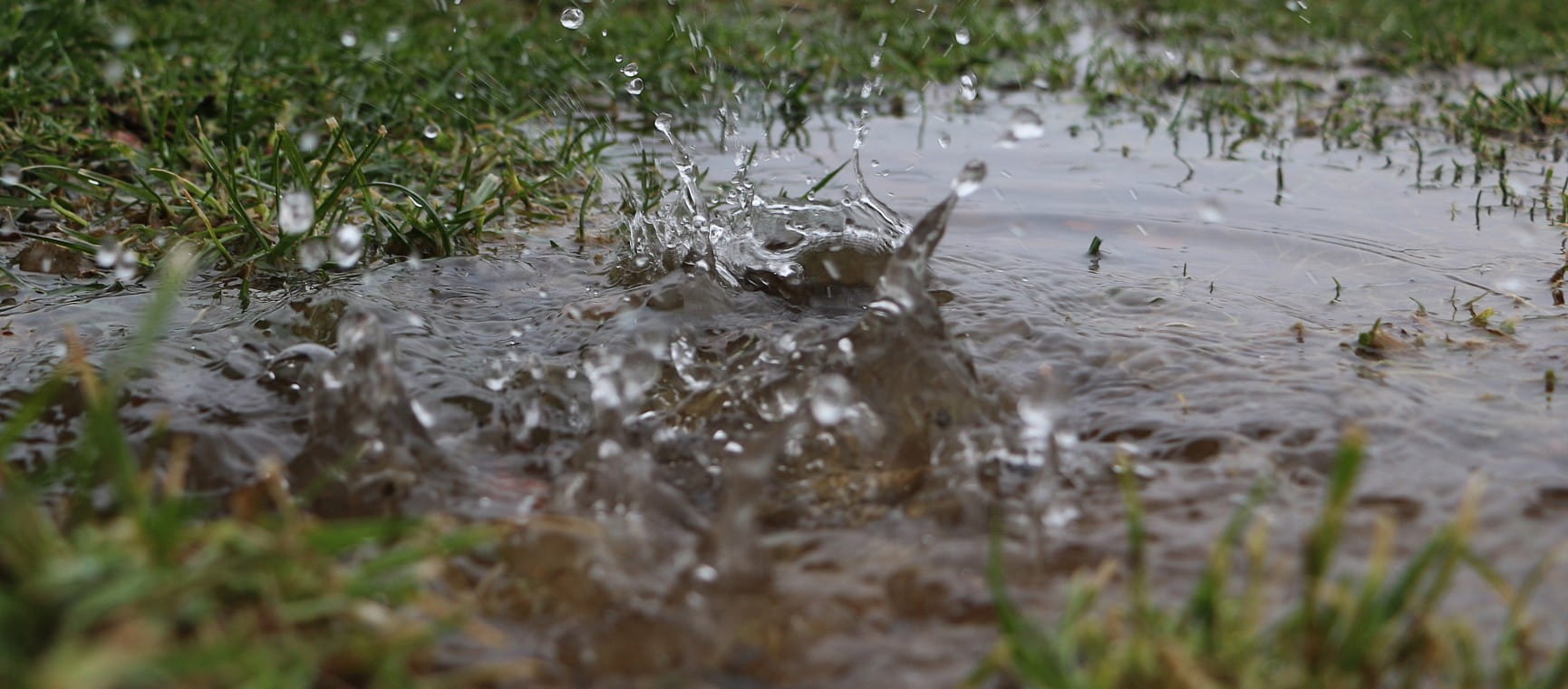
The British climate, widely influenced by the Atlantic, throws a lot of weather at us and climate change will almost certainly produce extremes.
Many British gardeners have seen their plants lying under water at the worst, or thoroughly sodden at the best. However, plants are resilient and will normally survive. If they do succumb, take an optimistic stance and see it as an opportunity to plant something else.
You can improve your soil’s drainage by adding coarse grit and this is highly desirable on heavy, sticky soil - but counter productive on lighter soil.
However adding well-rotted, home-made garden compost on a yearly basis will also help to aerate soil, thereby aiding drainage.
If you haven’t got a compost heap, build one. The other thing is to lightly titillate the soil surface, using a small hand fork, without treading on the soil. There are long-handled versions available. This will break up the pan, and allow further rain to sink in better.
The other great way of draining soil is to create a woody canopy using shrubs and trees. If the soil is very wet throughout the year consider the European dogwoods and willows.
The red-stemmed dogwood Cornus alba ‘Sibirica’ and the green-stemmed Cornus sericea ‘Flaviramea’ will both grow in very damp conditions. These produce pencil-thick stems that pop up every now again, so they are not suitable for the small garden.
The technique is to cut out the old stems every April to encourage new, colourful growth, but do allow the plant to get established for two or three years first. The cream and green leaved ‘Elegantissima’ is pretty throughout the year and still has red stems, although not as bright as ‘Sibirica’.
Willows are notoriously thirsty, but they can be pollarded back to the base every year - again, once established. The orange-stemmed Salix alba var. vitellina ‘Britzensis’ glows in winter light.
Heavy rain compacts and pans the soil surface. Keep off until it’s drier. Use a plank to stand on when digging and try to aerate the soil surface with a fork to prevent panning, but without setting foot on it.
Excessive rainfall tends to wash out nutrients and you will need to feed your plants. Vitax Q4 is an potash-rich slow release fertiliser that’s excellent for roses, peonies and fruit trees, or you may prefer 6X, an easily applied powdered chicken/animal manure.
All feeds are best applied to damp soil on still days when your plants are dry.
It’s all about decomposition by bacteria that multiply in moist, warm conditions.
Water your compost heap in dry weather and cover completed heaps with cardboard. Cover all heaps, when warm, in the autumn before cooler weather arrives.
Most plants resent winter wet. It’s akin to a human being standing in a cold bath, but dormant plants that have retreated underground stand more chance of survival.
All the prairie plants from North America will probably shrug this winter off and monardas, American asters, rudbeckias, sanguisorbas and heleniums will return unscathed.
Alpine plants need very sharp drainage during winter because they’ve evolved on bare mountainsides where snow and frost desiccate the ground.
These plants will struggle and many will die in very wet winters. If you love alpines, consider making a sunny scree slope, using rocks and gravel so the water can escape. Or plant on a slope, or create your own slope, to aid drainage. You could also invest in an alpine bulb frame, or glasshouse to keep your treasures dry.
Bulbous plants may also suffer, although those with large bulbs will cope far better than smaller bulbs. Fungal diseases are more of a problem, usually showing themselves as brown leaf tips or leaf margins.
Also look out for botryitis, grey mould. If you see either of these remove the bulbs and examine them. Throw any infected bulbs away, or move them to a quarantine area and watch them carefully.
Silver-leaved Mediterranean plants (sages, thymes, dianthus etc) may also suffer in wet conditions. These short-lived plants should be regularly propagated because older, leggier plants are more vulnerable. Cut all leggy Mediterranean plants back in late March: this will rejuvenate them.
Foliage will explain a great deal about a plant. Go for shiny green foliage, usually an indicator of a moisture lover.
We have a paved patio that borders and drains on to the lawn. After any meaningful rain the lawn becomes boggy and takes an age to dry out because the soil is mainly clay. How do I install a soak away?
Firstly you need to catch the water before it reaches the lawn. Do this by installing lengths of plastic drainage channel flush with edge of the paving. Because your soil is clay a traditional rubble filled hole will not be an adequate soak away. Beg some plastic milk or beer bottle crates, wire them together to form a cube, wrap it in horticultural ground cover fabric and bury it in a pit, running a rainwater pipe from the middle of the crates to the outlet of the drainage channel.
The large empty space created by the crates will hold surges of water that will slowly be absorbed by the surrounding clay.
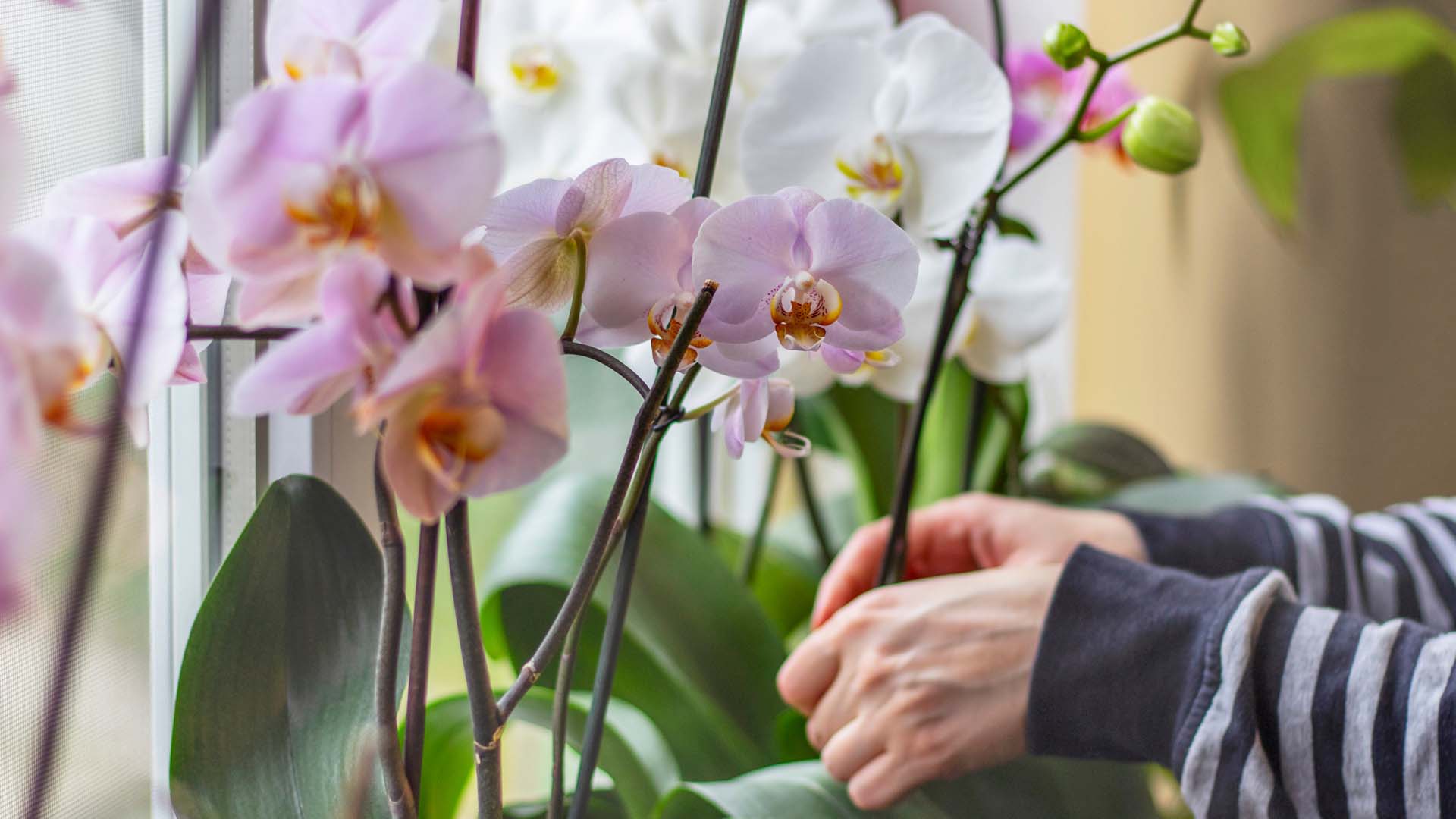
Our expert pruning and watering hacks include a top tip to keep them flowering from Alan Titchmarsh.
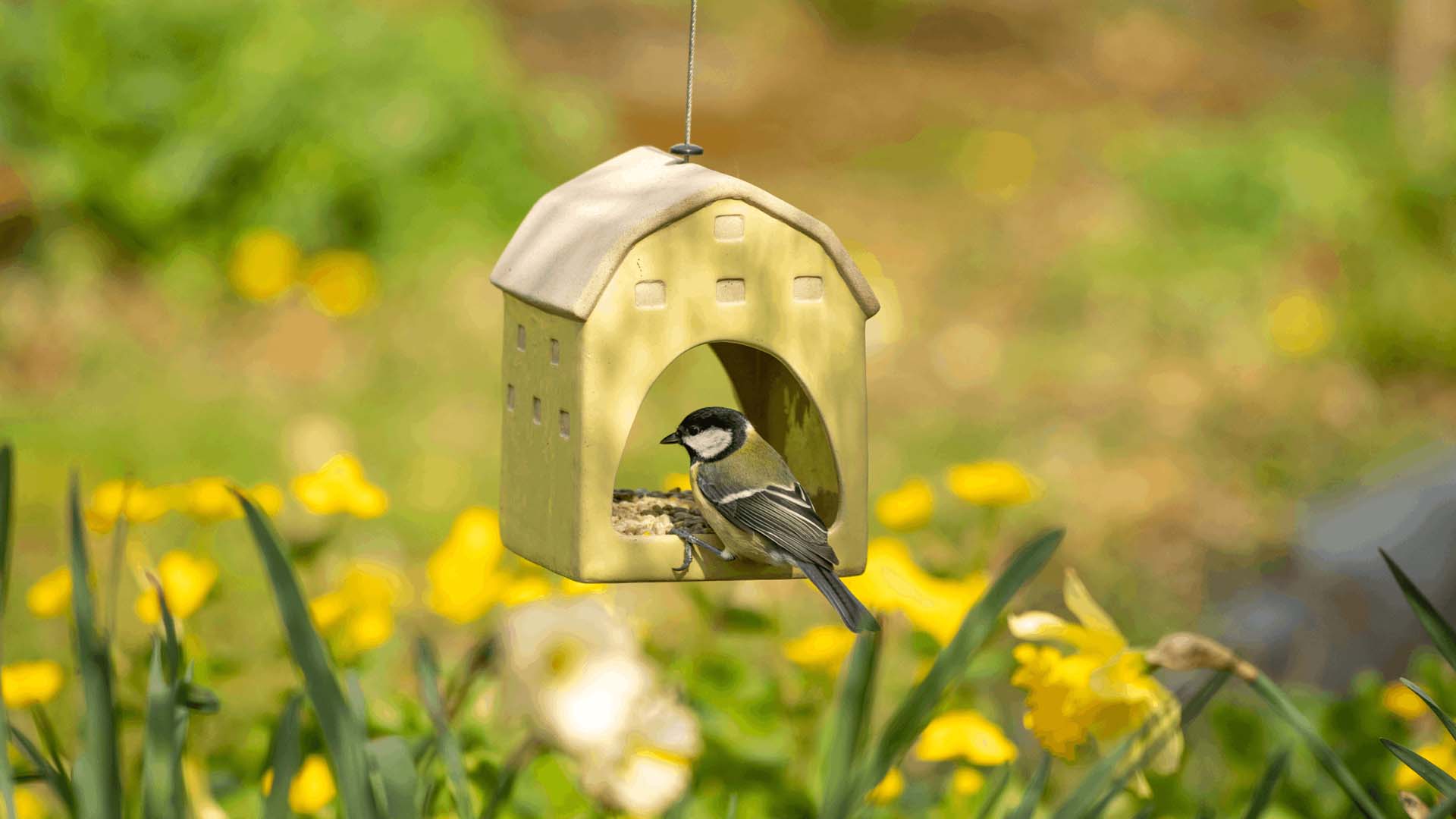
Don’t make these bird-feeding mistakes. Expert advice on how to feed birds in your garden safely.
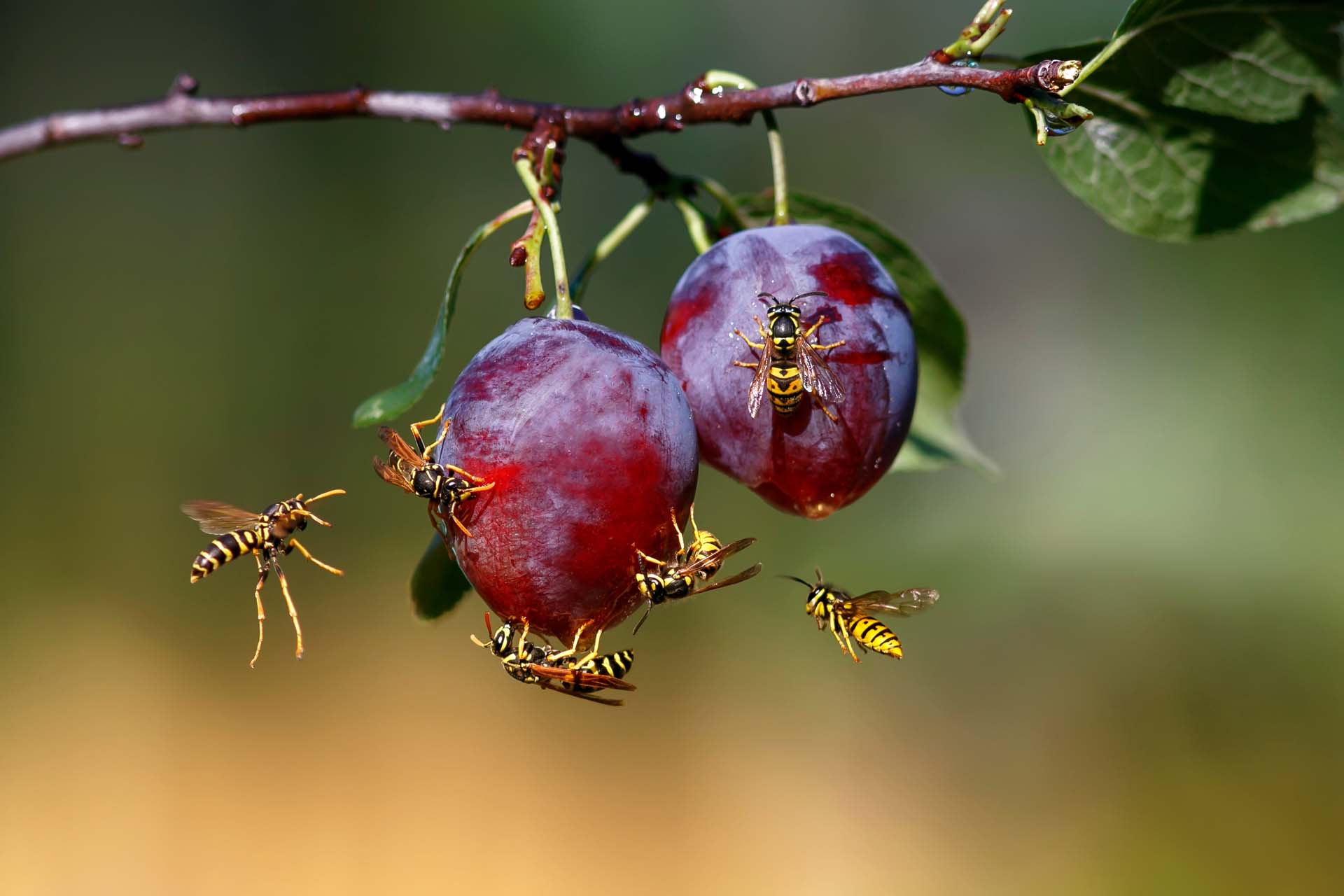
Blighted by buzzing? How to keep wasps out of your garden without harming them so you can enjoy the summer.
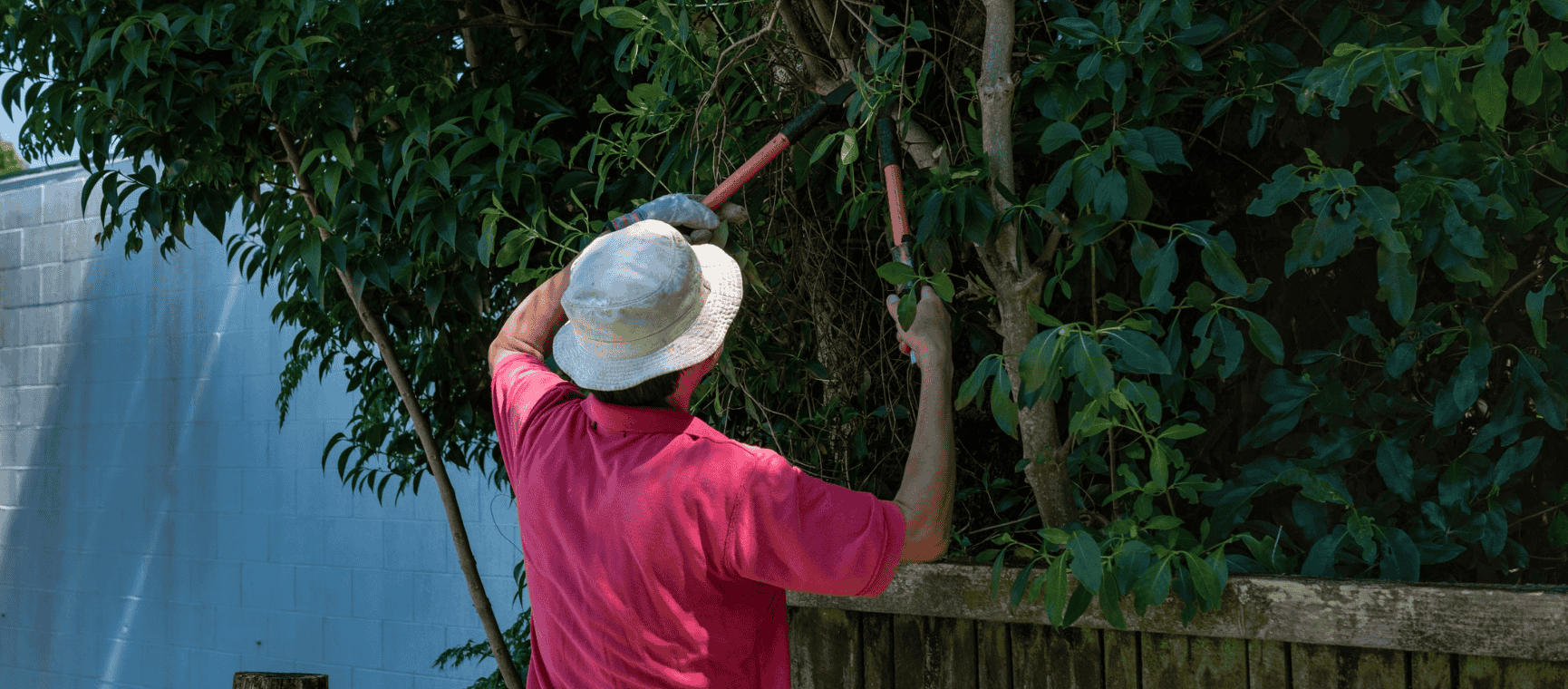
The ways you could be breaking the law in your back garden - with expert advice on how to avoid neighbour disputes, a fine or even a prosecution.
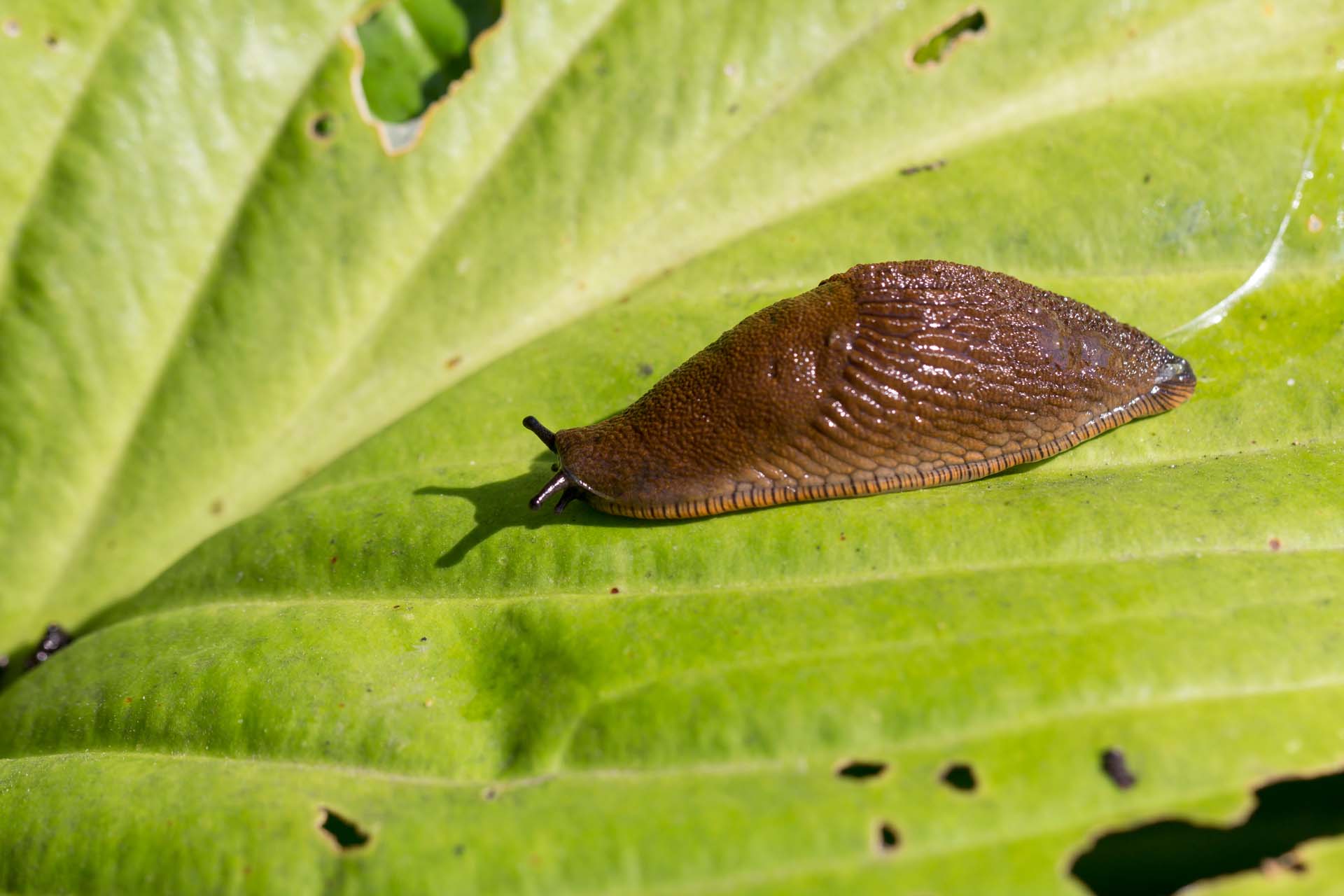
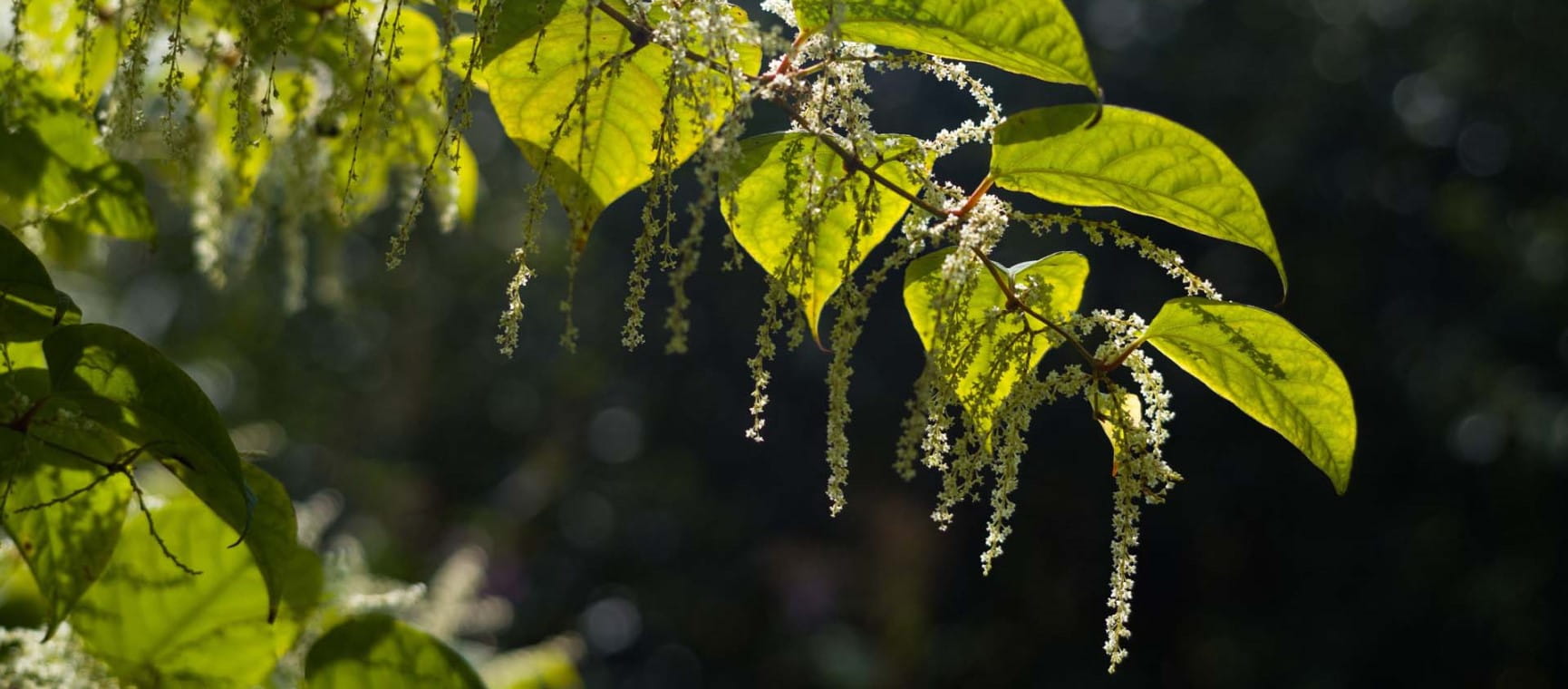
Everything you need to know about Japanese knotweed, the fast-growing plant nobody wants in their garden.